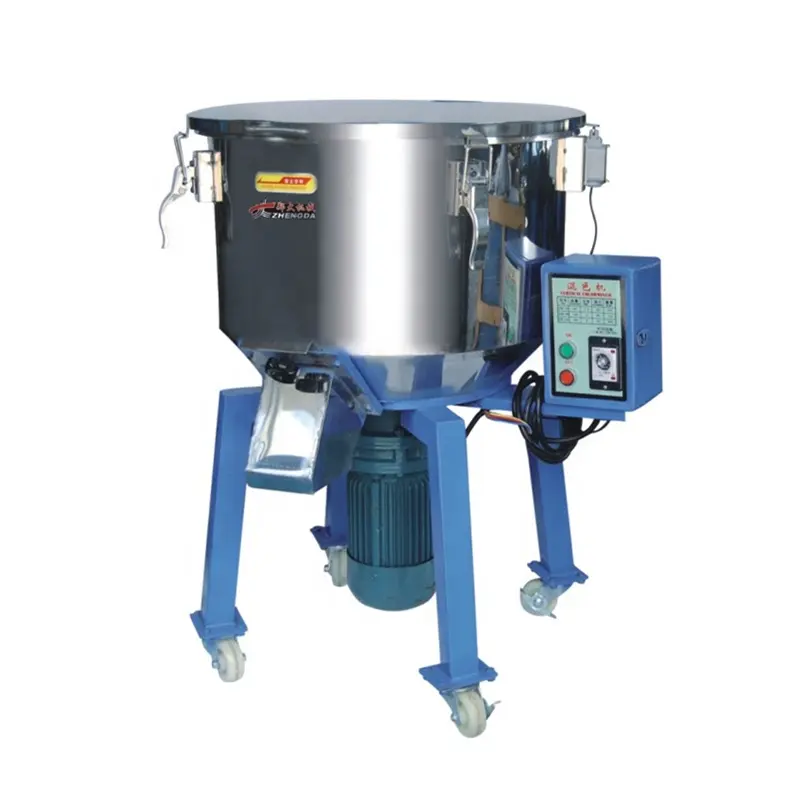poultry cage feeders
Dec . 12, 2024 20:13 Back to list
poultry cage feeders
The Importance of Poultry Cage Feeders in Modern Poultry Farming
In the rapidly evolving landscape of modern poultry farming, efficiency and optimization are paramount. Among the various innovations that have emerged, poultry cage feeders play a crucial role in ensuring that poultry farmers can effectively feed their birds while minimizing waste and maximizing productivity. This article delves into the significance of poultry cage feeders, their advantages, types, and best practices for use.
What are Poultry Cage Feeders?
Poultry cage feeders are specialized feeding systems designed for birds kept in battery cages or aviary systems. These feeders are engineered to dispense the right amount of feed to the birds, ensuring that they receive adequate nutrition without excessive waste. They usually consist of troughs or bowls that hold feed and are often connected to automated systems that can regulate the quantity and frequency of feed dispensed.
Benefits of Poultry Cage Feeders
1. Reduced Feed Waste One of the primary advantages of using cage feeders is the significant reduction in feed waste. Traditional feeding methods often result in spillage and contamination of feed. In contrast, cage feeders are designed to minimize these issues, ensuring that the maximum amount of feed reaches the birds.
2. Improved Feed Conversion Rates Efficient feeding directly correlates with feed conversion rates – how well birds convert feed into body weight. By providing precise portions of feed, poultry cage feeders help optimize these rates, ultimately enhancing productivity for farmers.
3. Labor Efficiency Automated poultry cage feeders can considerably reduce the labor required for feeding. Farmers can preset feeding schedules, thereby saving time and reducing the number of manual feeding tasks. This automation allows workers to focus on other important aspects of farm management.
4. Enhanced Bird Health By ensuring that birds receive a balanced diet without contamination, poultry cage feeders contribute to overall flock health. Healthy birds are more productive, exhibit better growth rates, and produce higher yields of eggs or meat.
5. Adaptability Poultry cage feeders come in various designs and sizes, making them adaptable to different poultry types and farm sizes. Whether for chickens, ducks, or quails, there's a feeder system suitable for every need.
Types of Poultry Cage Feeders
Poultry cage feeders can be broadly categorized into several types
poultry cage feeders

1. Tray Feeders These feeders consist of shallow trays that hold feed. They are particularly suitable for smaller birds and can be easily cleaned.
2. Automatic Feeders These systems are automated and can dispense feed at set intervals. They are ideal for large-scale operations, providing consistent feeding schedules for the birds.
3. Nipple-type Feeders Although primarily used for water, some nipple-type feeders can dispense feed. They minimize waste and allow for quick access to feed.
4. Channel Feeders Long channels can accommodate a large number of birds, allowing them to feed simultaneously. This type is efficient for larger flocks.
Best Practices for Using Poultry Cage Feeders
To maximize the benefits of poultry cage feeders, farmers should consider the following best practices
1. Regular Maintenance Keeping feeders clean and in good working condition is essential. Periodic checks can prevent feed contamination and ensure that the feeders function properly.
2. Monitoring Feed Levels Regularly check to ensure that feed levels are adequate and replenish when necessary. This monitoring helps maintain a consistent feeding regimen.
3. Adjusting Feed Types As birds grow, their nutritional requirements change. Farmers should adjust feed formulations according to the age and stage of development of the birds.
4. Training Staff Properly educate staff on how to use and maintain the feeding systems effectively to ensure optimal functioning.
Conclusion
Poultry cage feeders are an indispensable part of modern poultry farming, offering numerous advantages that contribute to increased efficiency and productivity. By reducing feed waste, improving bird health, and streamlining labor requirements, these feeders play a vital role in the success of poultry operations. As the industry continues to grow, investing in effective feeding solutions will remain key to thriving in the competitive poultry market.
-
Automatic Feeding Line System-Pan Feeder Nipple Drinker|Anping County Yize Metal Products Co., Ltd.
NewsJul.29,2025
-
Hot Sale 24 & 18 Door Rabbit Cages - Premium Breeding Solutions
NewsJul.25,2025
-
Automatic Feeding Line System Pan Feeder Nipple Drinker - Anping County Yize Metal Products Co., Ltd.
NewsJul.21,2025
-
Automatic Feeding Line System Pan Feeder Nipple Drinker - Anping County Yize Metal Products Co., Ltd.
NewsJul.21,2025
-
Automatic Feeding Line System - Anping Yize | Precision & Nipple
NewsJul.21,2025
-
Automatic Feeding Line System - Anping Yize | Precision & Nipple
NewsJul.21,2025






